Match the reactions given in Column I with the type of reactions given in Column II
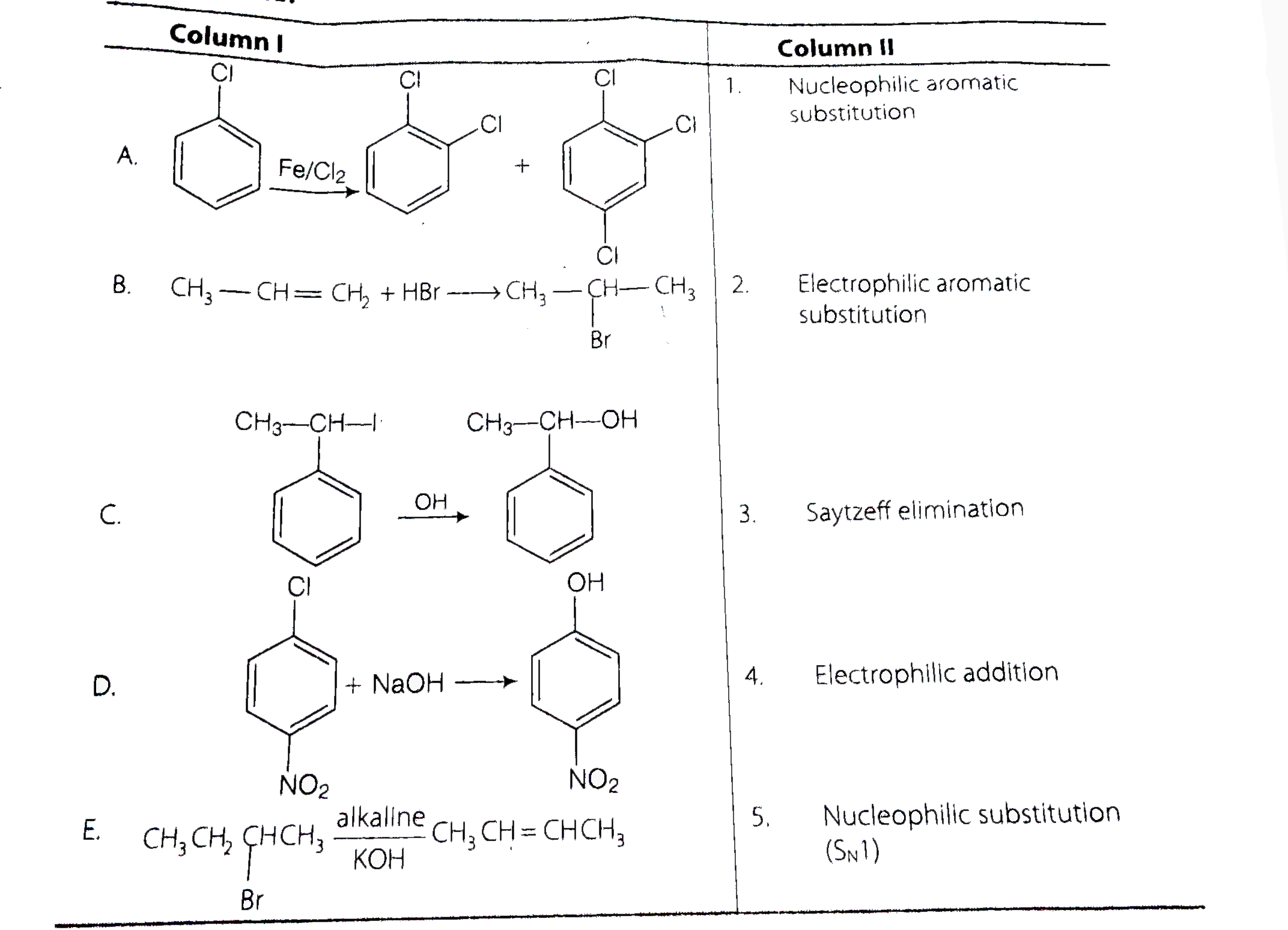
A(2) B(4) C(5) D(1) E(3)
A. In this reaction, an electrophile attacks on to the benzene ring and substitution takes place.
B. In this reaction, addition of HBr takes place on to the doubly bonded carbons of propene in accordance with Markownikoffs rule and electrophilic addition takes place
C. In this reaction, the reactant is secondary halide Here. halogen atom is substituted by hydroxy ion. As it is secondary halide so it follows mechanism.
D. In this reaction, halogen atom is directiy bonded to aromatic ring. So, It is nucleophilic aromatic substitution as group has substituted halogen of given compound
E. It is an elimination reaction. It follows Saytzeff elimination rule.
Topper's Solved these Questions
- HALOALKANES AND HALOARENESBOOK - NCERT EXEMPLAR ENGLISHCHAPTER - HALOALKANES AND HALOARENESEXERCISE - Assertion & Reason
10 Videos
- HALOALKANES AND HALOARENESBOOK - NCERT EXEMPLAR ENGLISHCHAPTER - HALOALKANES AND HALOARENESEXERCISE - Long Answer Type Questions
3 Videos
- HALOALKANES AND HALOARENESBOOK - NCERT EXEMPLAR ENGLISHCHAPTER - HALOALKANES AND HALOARENESEXERCISE - Short Answer Type Questions
35 Videos
- GENERAL PRINCIPLE AND PROCESSES OF ISOLATION OF ELEMENTS BOOK - NCERT EXEMPLAR ENGLISHCHAPTER - GENERAL PRINCIPLE AND PROCESSES OF ISOLATION OF ELEMENTS EXERCISE - Long Answer Type Questions
1 Videos
- P-BLOCK ELEMENTSBOOK - NCERT EXEMPLAR ENGLISHCHAPTER - P-BLOCK ELEMENTSEXERCISE - Long Answer Type Questions
3 Videos
Similar Questions
Match the reactions given in column I with the type of reaction mentioned in column II and mark the appropriate choice

View SolutionMatch the reactions given in Column I with the suitable reagents given in Column II.
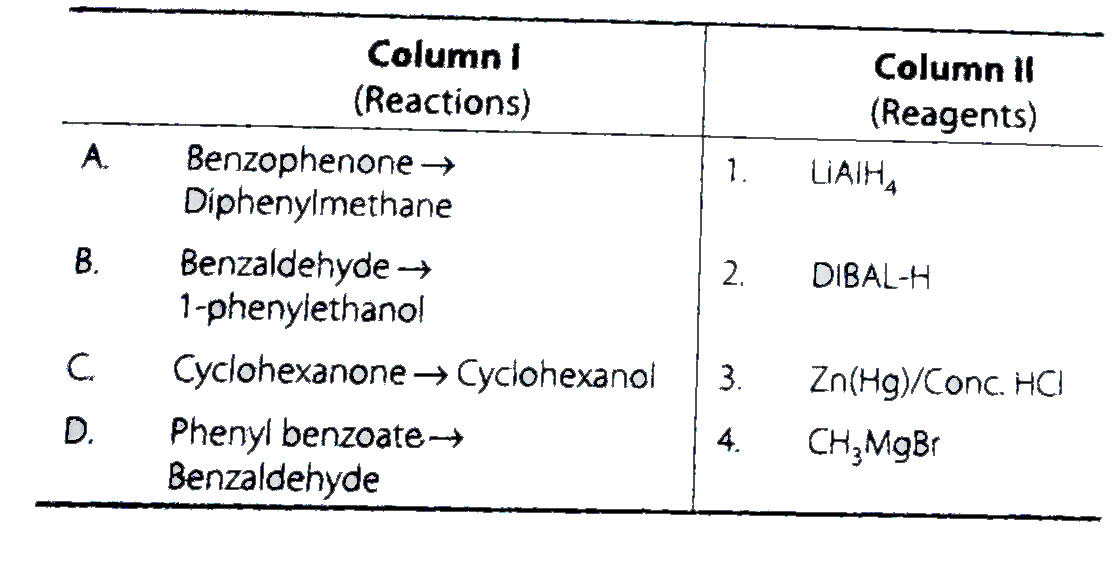
View SolutionMatch the reactions given in Column I with the statements given in Column II

View SolutionMatch the reactions given in Column I with the statements given in Column II

View SolutionMatch structures given in Column I with the type of detergents given in Column II.
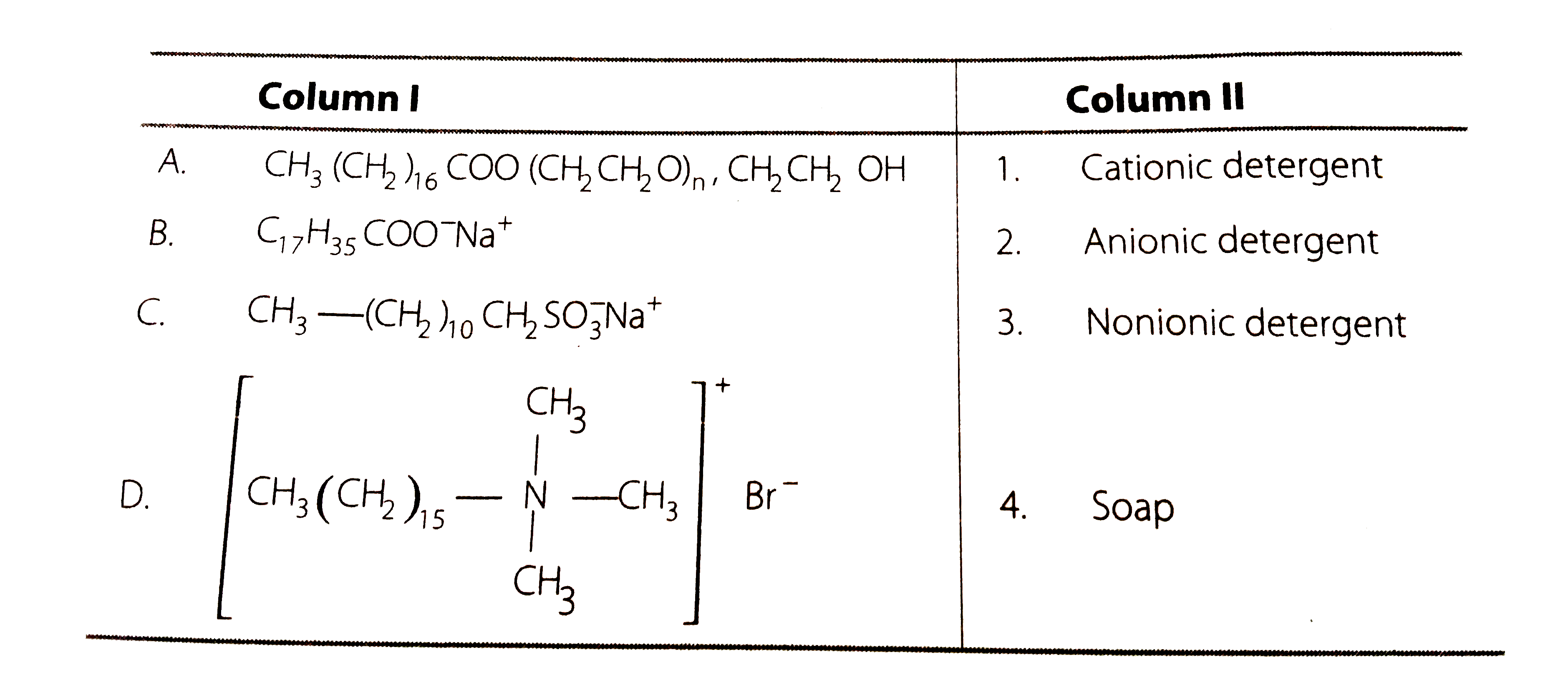
View SolutionMatch the reactions given in Column I with the reaction types in Column II.

View SolutionMatch the salts given in Column I with their . method of preparation given in Column II :
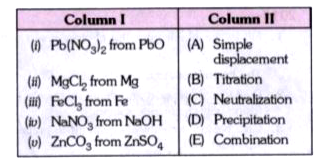
View SolutionMatch the statements given in Column I with the oxidation states given in Column II.

View SolutionMatch the class of compounds given in Column I with their functions given in Column II.
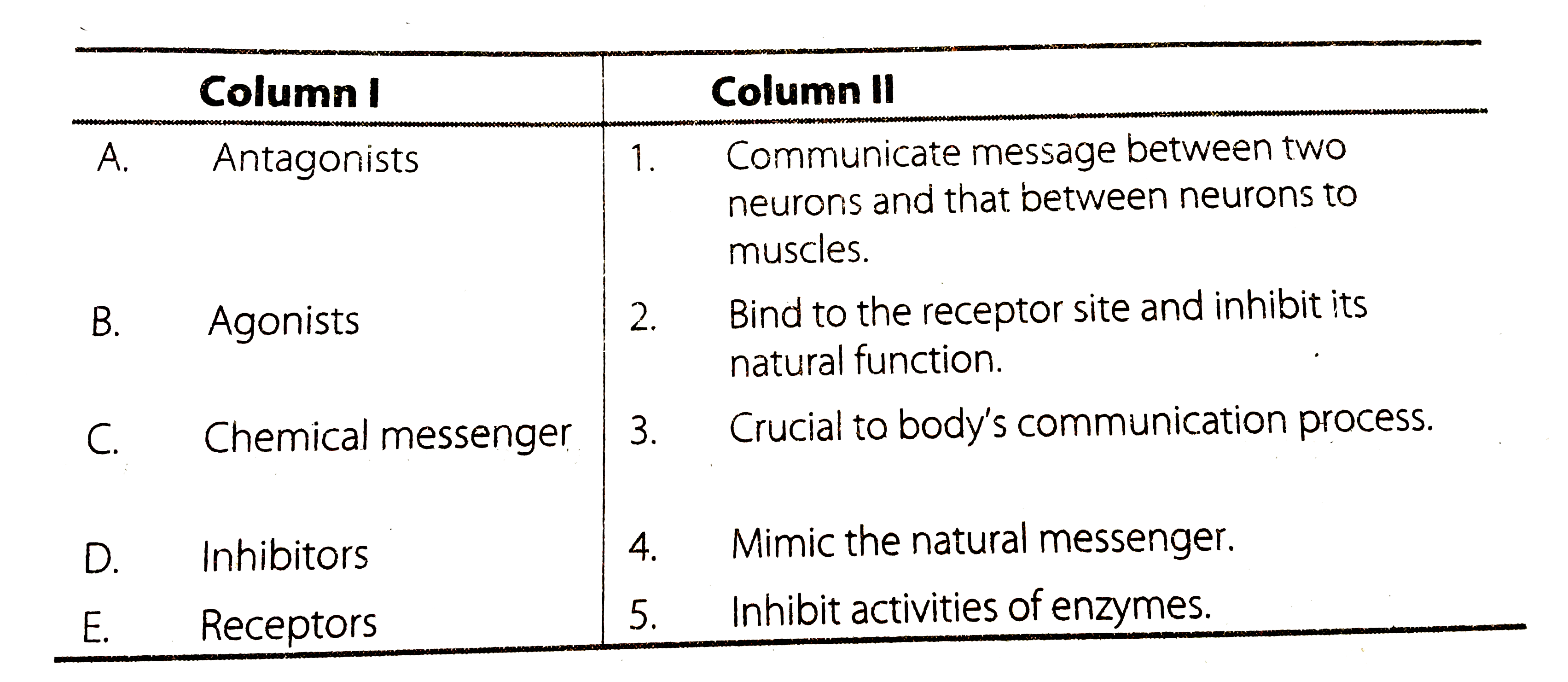
View SolutionMatch the reactions given in Column I with the names given in Column II.
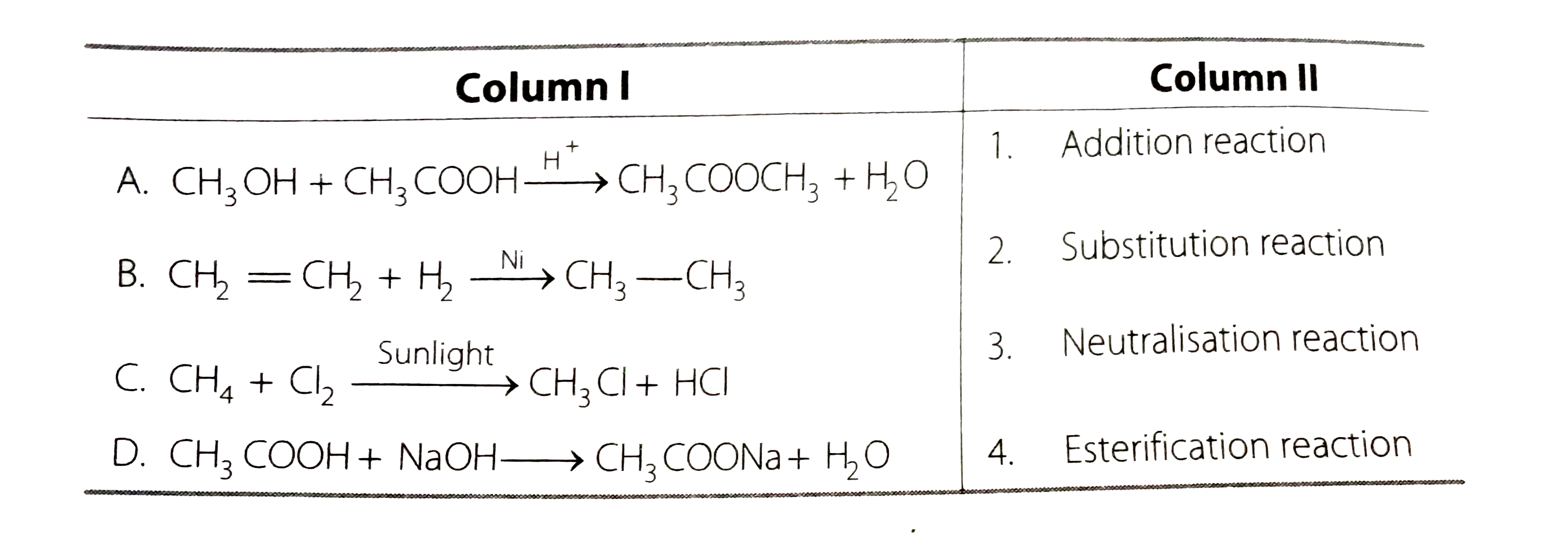
View Solution
